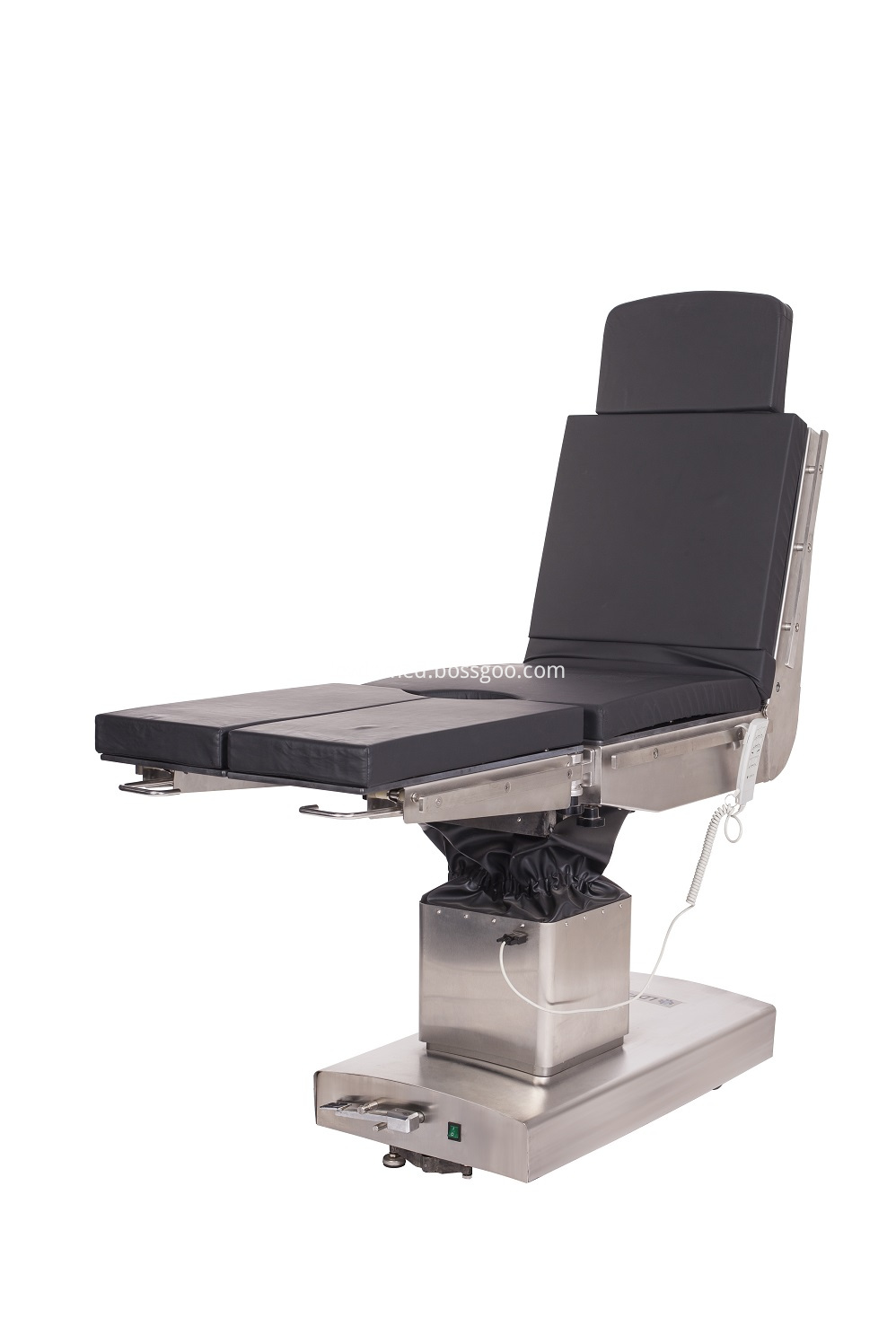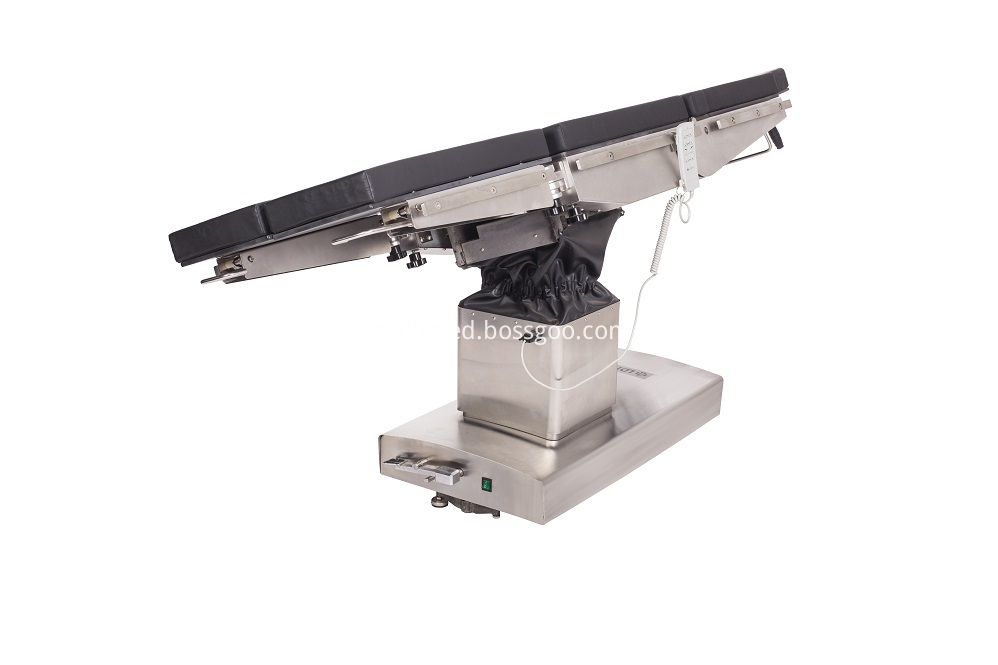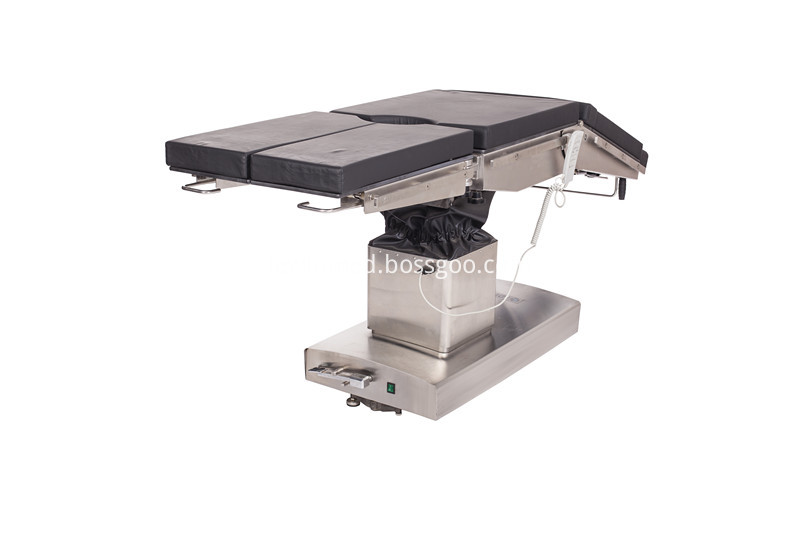The survey found that the high-yielding models of fish farming that have emerged in various places in recent years have adopted fish-eating methods (ie, establishing conditional refraction feeding methods) to raise fish. Adopting the feeding method of domesticated fish feeding changed the traditional way of spreading whole grains of bran in one hand and using granular compound feed to acclimate the fish with strict signal reflection so that the fish can be developed according to people’s sentiments. The signal, timed feeding habits in the feeding area. The pellet feed is scientifically formulated according to the physiological needs of different fishes. It has complete nutrition and is convenient for feeding. Concentrated feeding can stimulate the fish to increase the feeding intensity and feed utilization rate, and finally obtain stable and high yield. In the actual implementation of this feeding technique, the following six links should be mainly grasped.
First, the stocking density of fish species The pond that implements conditional reflection and feeding technology must mainly feed on eating fish, such as squid, tilapia, grass carp, squid, freshwater whitefish and squid, etc., and match with 30% of the filter-feeding fish. class. Generally, the stocking density of fingerlings per acre of water surface should be more than 1000, or the weight of fingerlings should be 30-50 kg or more, and the output index per acre should be 400-500 kg or more so that the fish species can be reflected under conditions of high density. form.
Second, the main feed for different eating fish, should use different feed formulations and additives
The bait should first be formulated according to the protein content of different fish. For example, the protein content of carp fingerlings should be about 40%, the adult fish should be above 30%, the protein content of grass carp should be about 27%, the tilapia should be about 20%, and the head pupae should be about 20%. The bait should not be dispersed in the water for a long time to maintain the particle state, generally should be better than 10 minutes. The particle size of the bait should be suitable for the diameter of the fish and be adjusted in time according to the continuous growth of the fish.
Third, domestication methods
First, build a bait station in the middle of the long side of the fish pond. The fish species can be domesticated after 2 to 3 days after the pond. Before bait, first hit the bait bucket or clap your hands, whistle, etc. to make a sound signal, then sprinkle a small bait. Wait for more than ten seconds before making a sound, and sprinkle a little bait. This is repeated until the fish hears several signals and they can come forward to feed on food. As the domestication work progresses, the range of the bait is changed from big to small, and finally it is fixed to the bait station for feeding. At the same time, the feeding interval is shortened and the number of sounds is reduced. The bait should be sprinkled into a fan-like shape and properly take care of the smaller individuals outside the prey group. Domestication work must be patient and meticulous. No matter whether the fish eats food or not, they must adhere to feeding. General domestication of 15 to 20 minutes each time, about 3 to 7 days, the fish can form a floating habit of eating food. The smaller the size of the general fish species, the shorter the acclimation time, and the stronger the conditioned reflexes are established, the more intense the sniffing.
The number of feedings per day and the daily feeding rate are directly proportional to the water temperature and are inversely proportional to the fish size.
The fish species began to feed 4 to 5 times during the early days of the pond, and 3 to 4 times during the high-temperature season from July to August. After September, the water temperature gradually decreased, and the feeding was performed once or twice a day. The daily feeding rate is generally 2% to 6% of the total weight of the pond's swallowing fish. The actual feeding can also be based on the fish to reach 80% full or most of the fish free feeding area, you can stop feeding. The feeding process should also be based on the fish's feeding conditions, weather changes, water quality, etc., as appropriate, increase or decrease. Feeding work should be maintained until the water temperature is around 10°C.
Fifth, during the entire feeding period, it should always adhere to regular fixed-point feeding
Usually only one feeding point is set in one pond, and one feeding point is set for every larger 35.00 square meters. Feeding work without special circumstances may not be interrupted, but in the event of sudden changes in the weather (such as hot, thunderstorms and rain without wind, etc.), water quality deterioration, abnormal fish movements, etc., should be reduced feed or stop feeding, and take appropriate technical measures. During the feeding process, the environment should be kept quiet to avoid other sounds and fishing interference with normal feeding of fish.
VI. Maintaining fresh water quality and creating a good food environment are the key conditions for guaranteeing a strong appetite for fish and improving the titer of food.
The pond that feeds mainly on feeding fish, during the entire breeding period, due to a large amount of feeding, the residual feces in the pool will continue to accumulate and decompose, so that plankton in the pond will multiply, and the water quality will gradually become richer and aging. Reduced dissolved oxygen, increased harmful gases, will seriously affect the normal appetite and survival of fish. At the same time, new water or microfluidic water should be flushed every 5 to 10 days to maintain clean water quality. In general, ponds that raise feeding habits do not apply fertilizer or apply only a small amount of basal fertilizer throughout the breeding process, and nest some of the filter-feeding fish in the pond. In this way, it can not only make full use of plankton and organic debris, but also play a role in purifying water quality. It can also increase 150-300 kg of filter-feeding fish per acre.
Electric Operating Table Adopt imported TIMOTION electric push rod as the power source for the operation tables. Adopt German imported STABILUS as the power source of the operation beds; Operation beds adopt medical grade 304# full stainless steel materials; Full set of micro electric control system for ot table with low noise, overload protection, safty reliablity; TheElectric Operating Table entire table of operating table can move forward and backward to realize full position C-arm and X-ray radiography;



Electric Operating Table
Electric Operation Table,Electric OT Table,Electric Surgery Table,Electric Surgical Table
Shandong Lewin Medical Equipment Co., Ltd. , https://www.operatinglight.nl